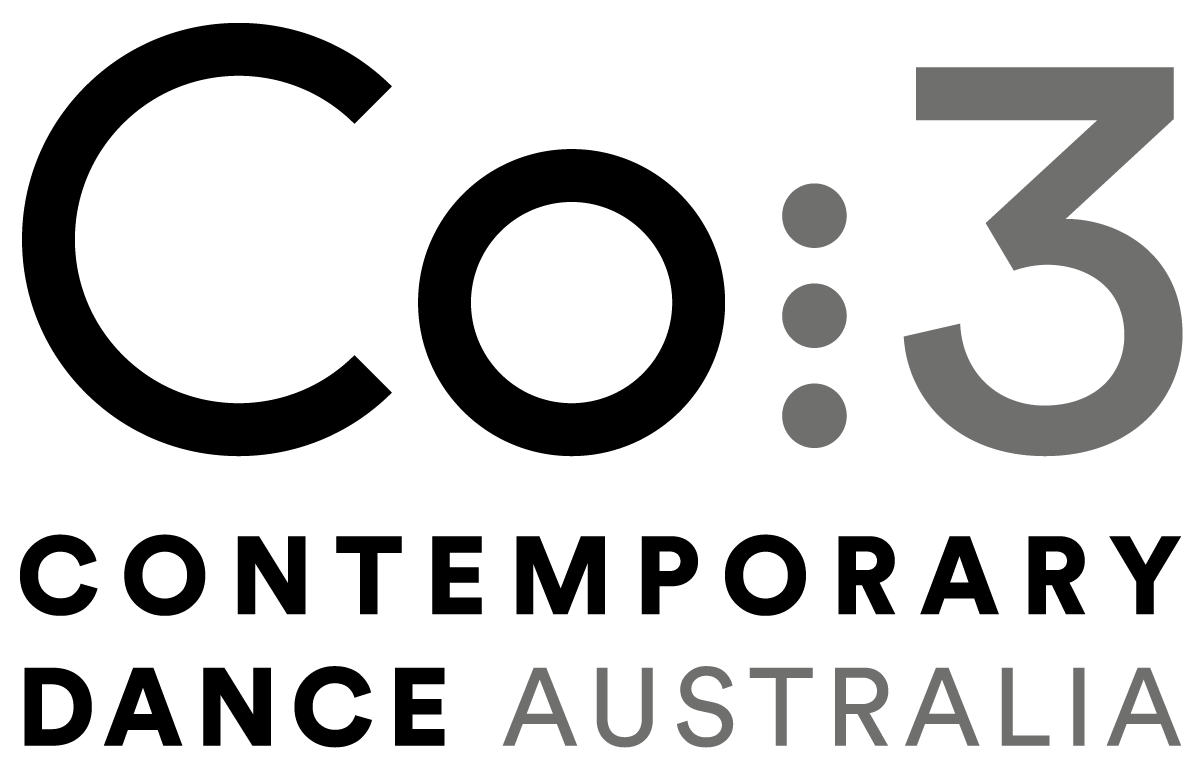GLORIA | Q&A with Claudia Alessi
6 July 2022
How did you feel when you were cast in Gloria, presented as part of Perth Festival back in 1991?
As a company member of Chrissie Parrott Dance Collective and a recent graduate of WAAPA at the time, I was perhaps a little overwhelmed by this opportunity. I was aware of Douglas Wright and what a marvel he was as a dancer and choreographer, so I was definitely aware of his talent and influence in the Contemporary Dance world at that time. I never for one moment took for granted my position in the company and I remember hanging on every word, every correction, and every demand he made of me - to jump higher, push further and above all, dance with joy in my heart.
What was it like working with Chrissie Parrott and the other dancers on this production?
One thing that spring to mind was having such a small collective/ company and no understudies. I distinctly remember a dancer becoming injured and our rehearsal director at the time, the incredible Liz Cornish, stepping into the role over the course of a day. Another memory was stepping out onto the Quarry Amphitheatre stage and seeing the minority and vastness before us. Chrissie Parrott being the visionary she was and still is, had secured a third season at the Quarry. This work, to the incredible score of Vivaldi, felt so at home under the heavens.
In what way did it contribute to your dance practice and your evolution as an artist?
I remember being chosen for a particular role that was tossed about a lot, the handstand fling pass, the walking on heads and the final birth moment. These three moments reunited me with my gymnastic and acrobatic past. Douglas was also a champion gymnast as a young boy, so he carried the muscle memory of all that comes with that discipline. While the role did not necessarily require a gymnast or acrobat, I feel it helped lead me quickly and confidently into those sections, as I remember having only 4-6 weeks with him in the lead up to the season. This in turn reacquainted me with and demonstrated that I didn’t have to banish my acrobat past but embrace it and utilise it to my advantage. I have never looked back since. In fact, I still teach acrobat and tumbling to dancers and actors and really enjoy the freedoms it allows inside movement.
What comes to mind today when you reflect on your involvement with that production of Gloria?
The enormity of the score evokes such huge emotional responses for me, it did then and still does today. The combination of strings and the human voice led and leads me as a dancer to respond in ways I can’t place into words. While I intellectually recognise I am present and performing and my physical being is responding to muscle memory of movement, my dance soul is adrift. I distinctly remember the extremely hard work I went through as a very young dancer, not then as strong or capable as the older company members. I remember the bright yellow costumes and not being happy with them at all. Raewyn shared with me recently, that Douglas had requested that the yellow costumes never be used again because he didn’t like them either!
Can you share a story of your involvement in the work with audiences who are set to experience Gloria in September this year?
There are always stories you can share and stories you keep within the company. I’m not entirely sure how the final scene will be staged with Co3, short of delivering a spoiler, but I will say that a human form appears as if being birthed. This moment for me was the centre of much trial and tribulation. Douglas wanted realism, he asked if I as comfortable being naked and if I’d dye my hair white. Let’s just say I did both and the company members assisting the stage birth (up on a scaffold platform) were very naughty and distracting at times.
But seriously the experience was transportive. I remember the feeling of our first dress rehearsal, not a single audience member, just the photographer and tech crew. As we performed to and for each other under a blanket of stars in the cool night air to Vivaldi’s Gloria there was a shift in my dancer psyche that resonates to this very day. To dance is to be the conduit and exchanger of energy which leaves the body and simultaneously is received by it.
How has it contributed to the contemporary dance canon?
Whilst the works is just over three decades old, it is timeless in many ways. Thematically abstract, the work exudes a narrative of human existence along with the exploration of relationship and the notion of faith. These subjects offer dancers and audiences of every generation a chance to relate to and contemplate how they influence, drive, and exist in our everyday lives. Movement and choreographic styles may shift and develop; however, some choreography will always transcend the notion of being outdated. This work offers more than a cast of dancers moving across a stage to a magnificent score. It is a celebration of life, a glimpse into how a collective can support, battle with and love simultaneously. I only wish as a 23-year-old dancer back then, I realised and understood that and its magnitude, but ever so grateful that I do now.

